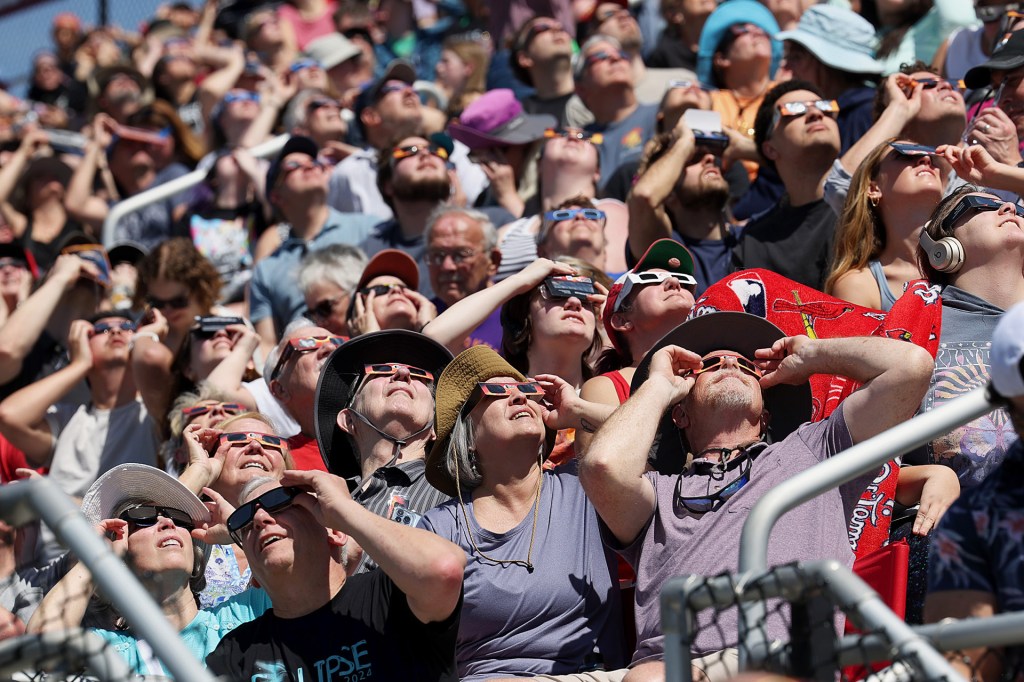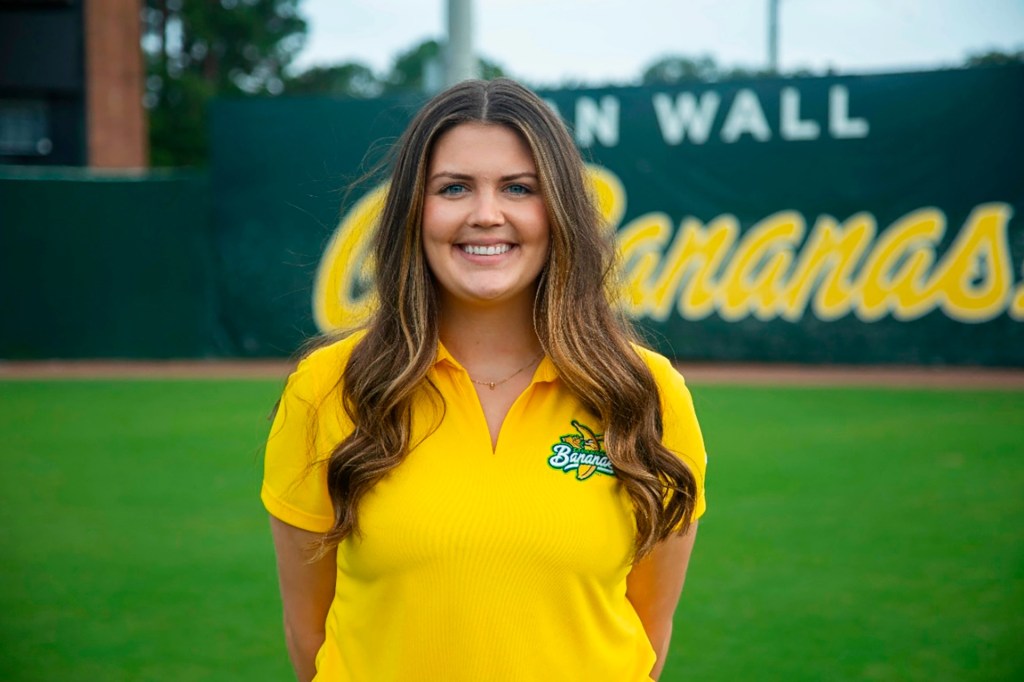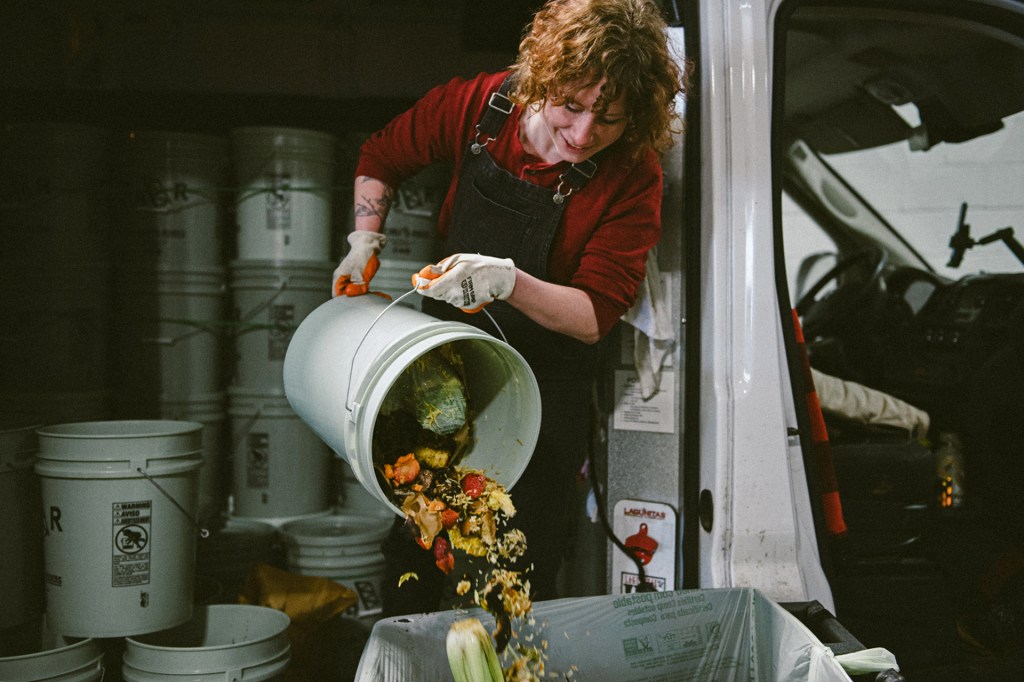Visiting Day

FOLSOM, California — Most kids are asleep at 2:45 in the morning. But on a Saturday this past summer, two sisters were up past their bedtime. They were waiting for a bus. When it pulled up outside Saint Columba church, in Oakland, California, the girls jumped out of the SUV they were in and climbed aboard.
Their great-grandmother, Ruby, was right behind them. I was too. “I am a zebra with a bunch of stars and my pajamas have pockets and a hood with ears,” Mayal, 8, said when I asked about her outfit. Mi’Angel, 6, wore Pikachu pajamas.
The girls were full of energy. They were on their way to visit their mom, Donisha. She’s in prison. The trip was part of a program called Get on the Bus.
Family Time
When a person is found guilty of breaking the law, he or she can be sent to jail or prison. Jail is usually for a shorter sentence
sentence
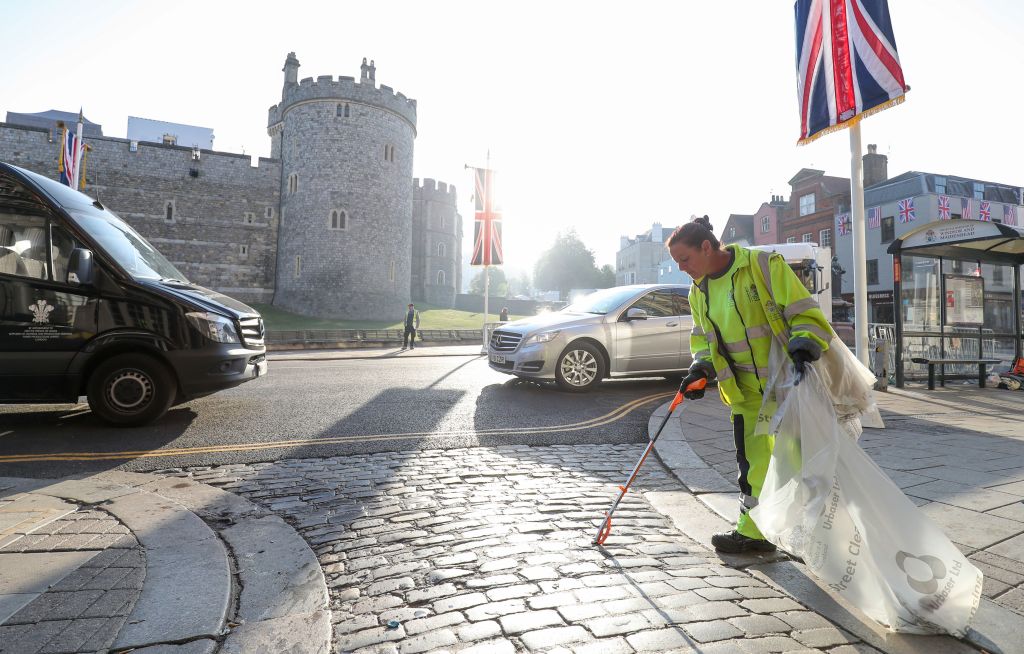 ANDREW MATTHEWS/PA IMAGES—GETTY IMAGES
a punishment
(noun)
The judge gave Cynthia a sentence of 100 hours of community service, cleaning up litter in her town.
. Prison is for a longer sentence.
ANDREW MATTHEWS/PA IMAGES—GETTY IMAGES
a punishment
(noun)
The judge gave Cynthia a sentence of 100 hours of community service, cleaning up litter in her town.
. Prison is for a longer sentence.
In the U.S., about 2.7 million children have a parent in jail or prison. That’s one in 28 kids. This is according to a report from the Pew Charitable Trusts.
Experts say visiting a parent who is incarcerated
incarcerated
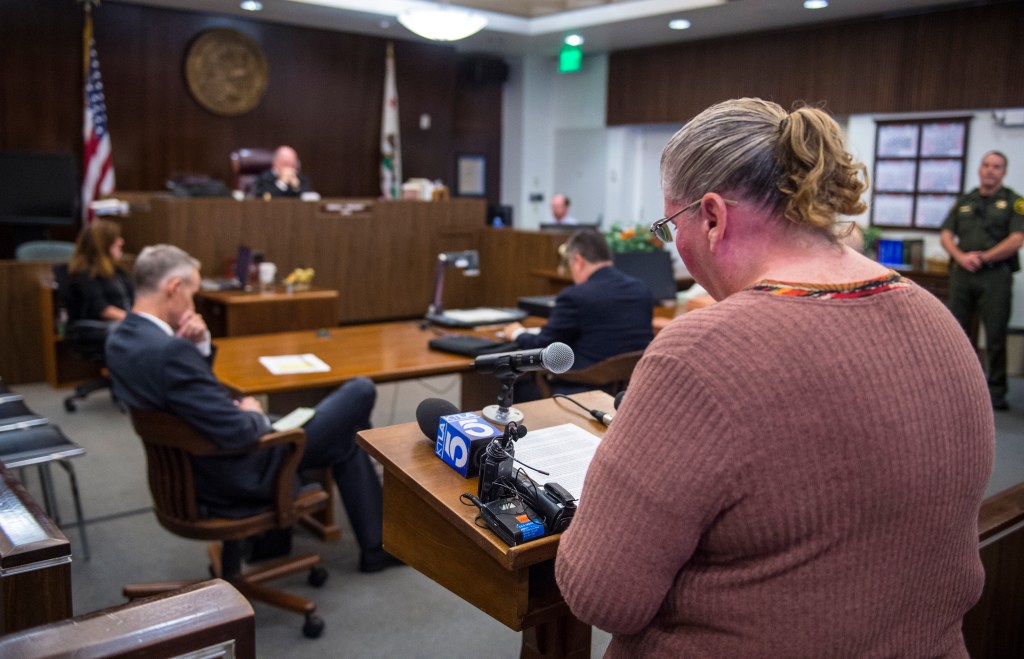 MARK RIGHTMIRE/DIGITAL FIRST MEDIA/ORANGE COUNTY REGISTER—GETTY IMAGES
imprisoned
(adjective)
If he is found guilty at trial, he will be incarcerated.
can be good for a child. But prisons are often far from where families live. Travel can be expensive.
MARK RIGHTMIRE/DIGITAL FIRST MEDIA/ORANGE COUNTY REGISTER—GETTY IMAGES
imprisoned
(adjective)
If he is found guilty at trial, he will be incarcerated.
can be good for a child. But prisons are often far from where families live. Travel can be expensive.
Get on the Bus takes kids to see parents at 13 prisons throughout the state of California. The program provides free transportation and food. It’s run by the Center for Restorative Justice Works (CRJW). The nonprofit group is based in the Los Angeles area.
Lupe Rivera is CRJW’s executive director. “These visits are so critical,” she says. “They’re an opportunity for parents to be parents.” They’re also a chance to strengthen relationships.
Making Memories
It’s around 7:45 a.m. when our bus pulls up outside Folsom State Prison. Three more follow. In all, 120 family members have come to see 32 incarcerated loved ones.
“Words can’t even describe it,” Donisha says when I ask how it feels to see her daughters. All around us, people hug and laugh. Families play games. Kids sit for face painting.
Outside, 13-year-old Isacc and his mom play basketball. Another mom cracks jokes. “It just gives us hope,” her daughter Jasmine, 21, says. “It makes us look forward to when she gets out and we can put our family together again.”
We’re back on the bus at 1:45 in the afternoon. “It was fun!” Mayal says when I ask about her day. Then she gets serious. “I started crying,” she says. “I almost fell asleep on my mom’s lap.
“You want to come again?” Ruby asks. “I’ll bring you.”
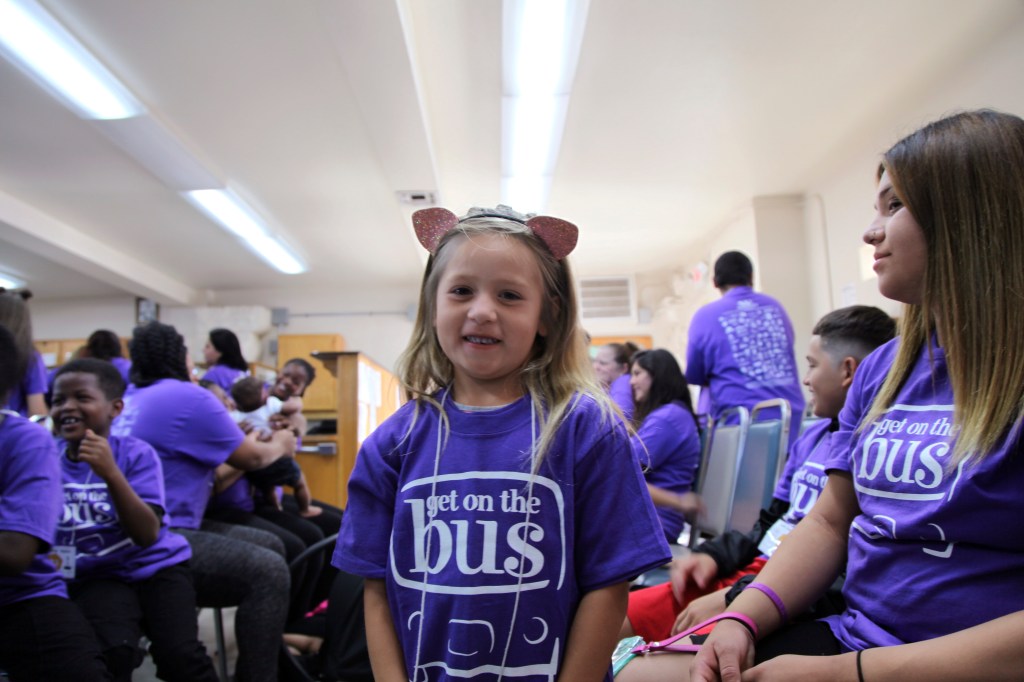
READY TO GO Rosary, 5, is excited to see her dad. (Folsom has separate prisons for men and women.) Here, she waits with her family to check in. Visitors must go through security screening.
JAIME JOYCE FOR TIME FOR KIDS
FAMILY REUNION Letters and phone calls help families stay in touch while a loved one is incarcerated. But visits are extra special. “I’m so blessed that they came to see me,” said David (center). Nine of his family members made the trip with Get on the Bus.
JAIME JOYCE FOR TIME FOR KIDS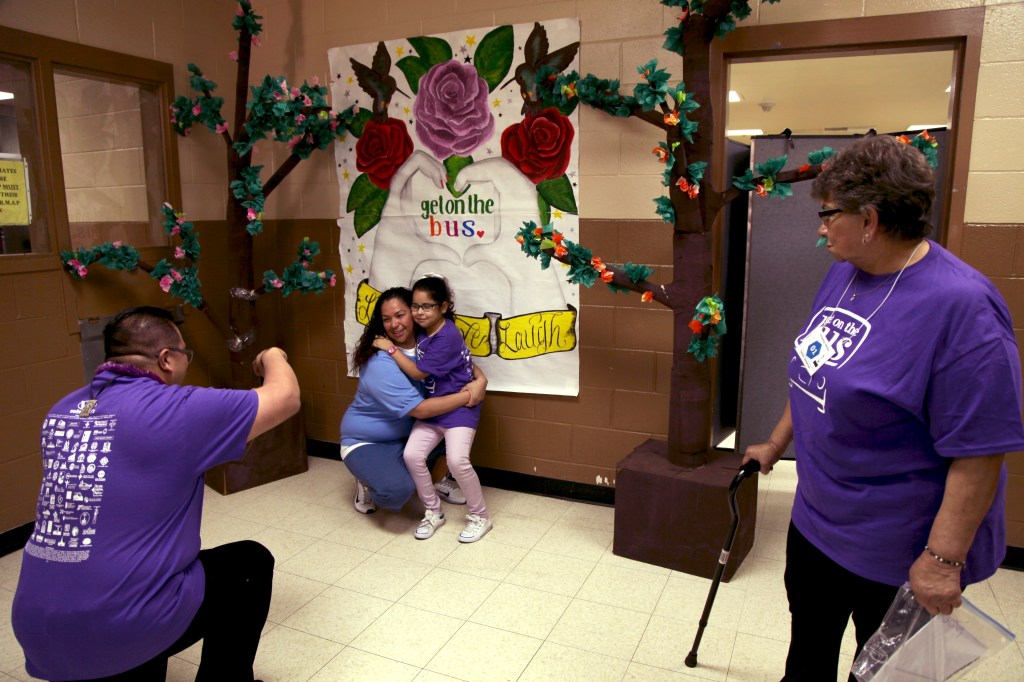
SAY CHEESE! Serenity, 7, has her photo taken with her mom, Natalie. Serenity’s grandma (right) and grandpa (not shown) posed with them, too. At the end of the visit, Serenity and the other kids on the trip got a frame. It’s for displaying their family photo.
JAIME JOYCE FOR TIME FOR KIDS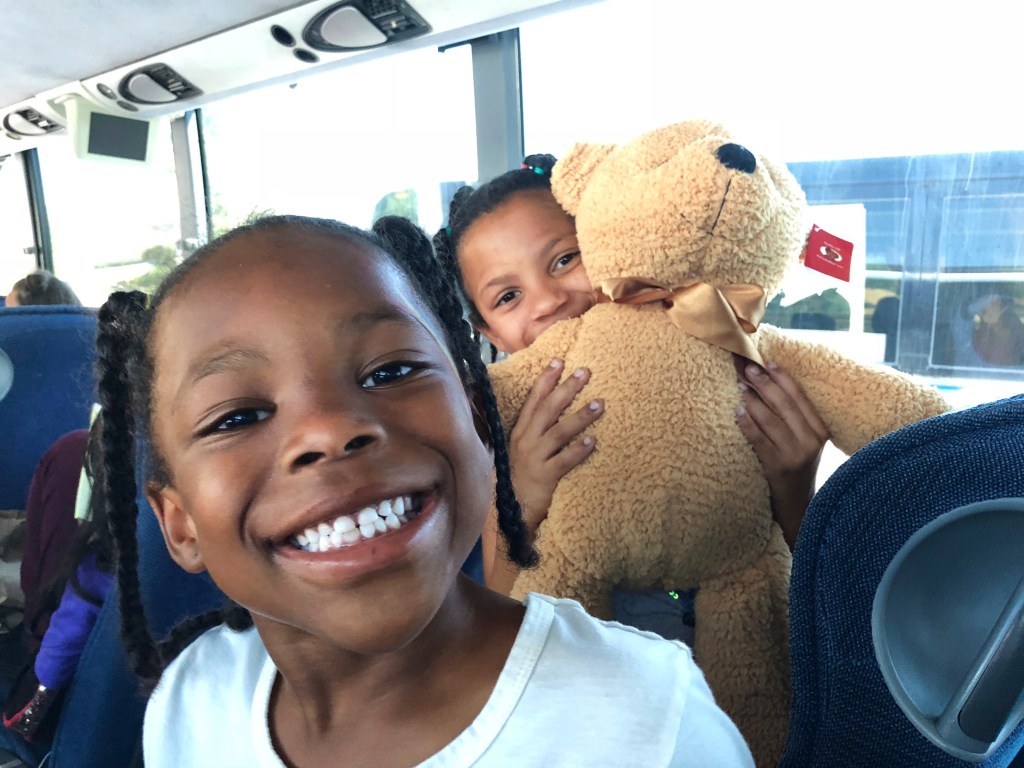
BACK ON THE ROAD After a six-hour visit, it’s time to go home. Get on the Bus gave each child a teddy bear. “I want to go to sleep,” Mayal said. “This is going to be my pillow.”
JAIME JOYCE FOR TIME FOR KIDSJaime Joyce is executive editor at TIME for Kids. She traveled to California to report this story. It is supported by the Pulitzer Center on Crisis Reporting.




